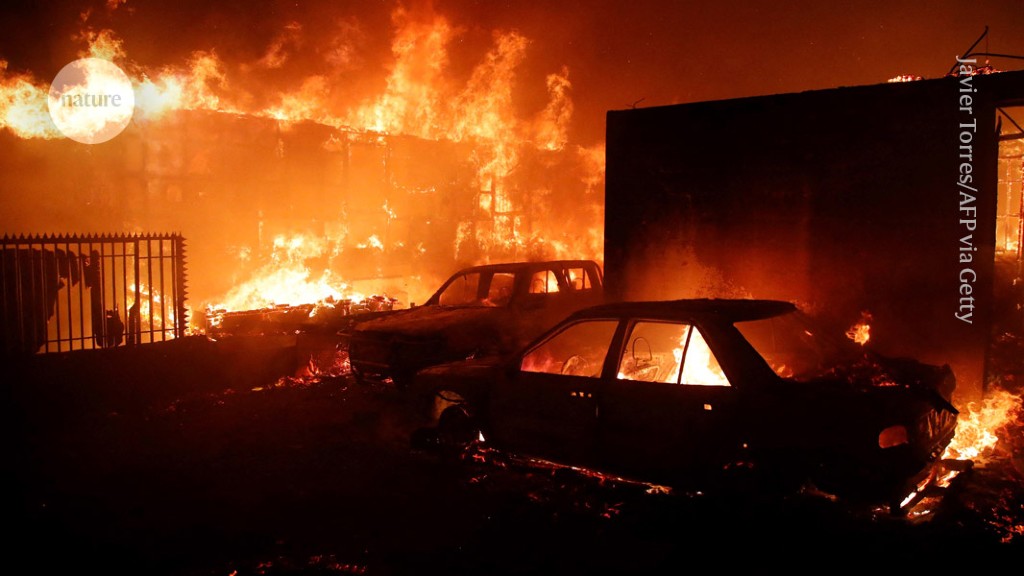In Chile, more than 130 people have died in this year’s wildfires — the deadliest in the nation’s history. In Colombia last month, wildfire smoke billowed just outside Bogotá, defying the city’s reputation for cold, wet weather. And in Argentina, a wildfire ravaged a forest that is listed as a World Heritage Site by the United Nations cultural organization UNESCO.
These wildfires add to the destruction from record-setting fires in the Amazon in October 2023. This is not a normal pattern: in many parts of the region, wildfires are not part of the landscape’s natural history, except for blazes caused by “occasional lightning strikes”, says Francisco de la Barrera, an environmental scientist at University of Concepción in Chile.
But scientists say that the flames have been fanned by a combination of a strong El Niño climate pattern, a profusion of non-native trees and climate change. Researchers warn that the same factors could put other cities on the continent at risk.


